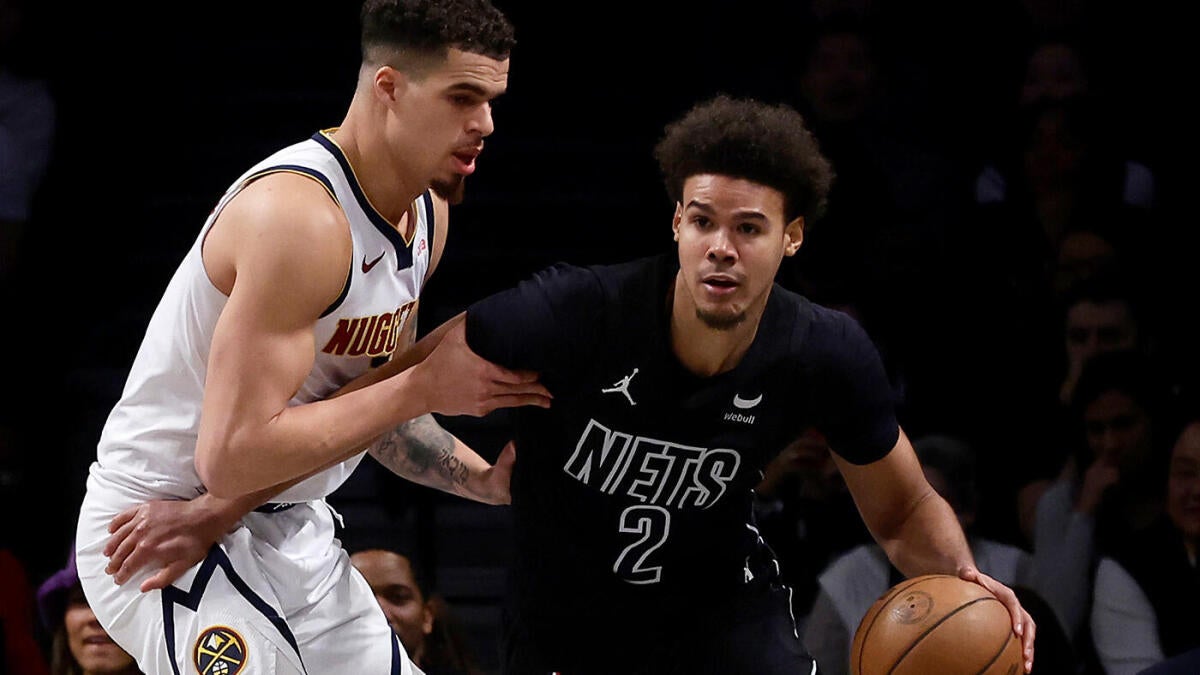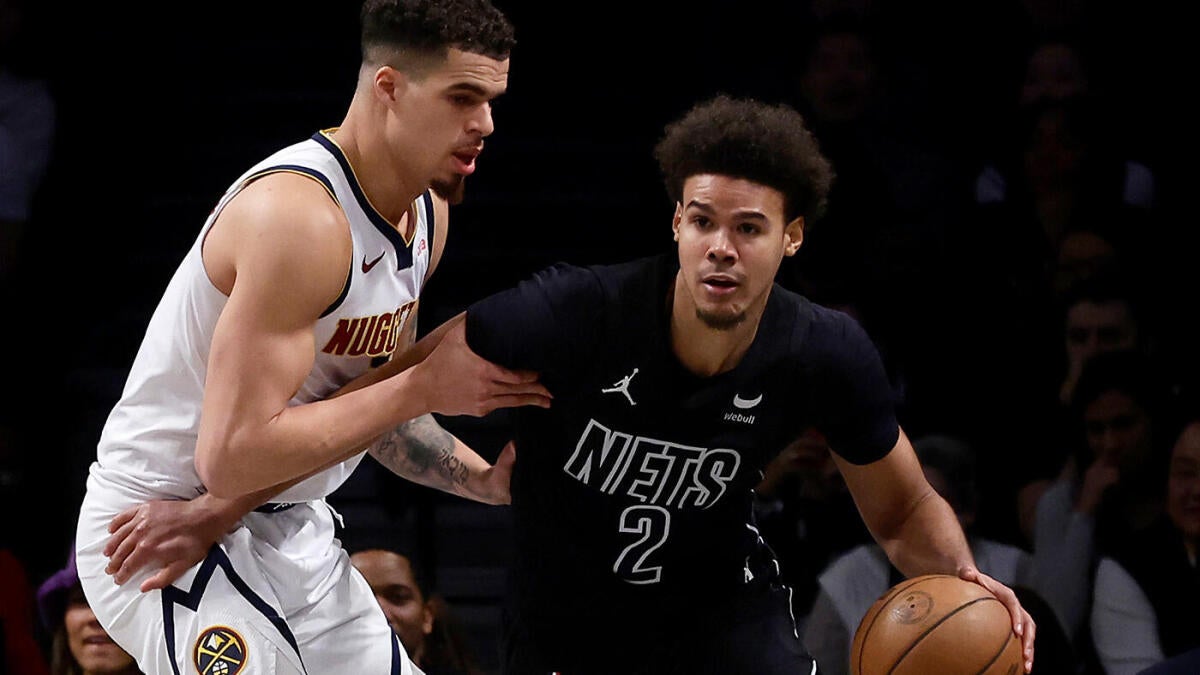The recent trade involving Michael Porter Jr. has sparked significant discussion in the NBA, highlighting the contrasting priorities and strategic visions of the Denver Nuggets and Brooklyn Nets. The Nuggets traded Porter Jr. to the Nets in exchange for Cameron Johnson and an unprotected 2032 first-round draft pick. This deal underscores the divergent goals of both franchises, creating a scenario where both teams achieve their respective objectives despite pursuing different outcomes.
Context and Background on Michael Porter Jr.
Michael Porter Jr. entered the NBA as a highly touted prospect, selected 14th overall by the Denver Nuggets in the 2018 NBA Draft. His early career was marred by injuries, but he gradually established himself as a skilled forward with a versatile offensive game. Porter Jr. played a crucial role in the Nuggets’ 2023 championship run, showcasing his scoring ability and playmaking skills. However, his defensive limitations and injury history raised questions about his long-term fit with Denver’s championship aspirations.
Porter Jr.’s offensive prowess was undeniable, as he averaged 14.3 points per game during the 2022-23 season. His ability to stretch the floor and create scoring opportunities made him a valuable asset. Yet, his defensive shortcomings and inconsistent availability led the Nuggets to explore other options. Denver sought a more reliable and versatile wing player who could contribute immediately and fit seamlessly into their championship-contending roster.
Divergent Goals: Nuggets vs. Nets
The trade between the Nuggets and Nets reflects the distinct priorities of each franchise. For the Nuggets, the acquisition of Cameron Johnson and a future first-round pick addresses both immediate and long-term needs.
Denver Nuggets’ Perspective:
The Nuggets’ primary objective was to bolster their roster with a reliable “3-and-D” wing who could provide consistent production and defensive stability. Cameron Johnson, known for his shooting and defensive versatility, fits this role perfectly. Johnson’s ability to space the floor and defend multiple positions aligns with Denver’s championship aspirations. Additionally, the unprotected 2032 first-round pick offers the Nuggets valuable draft capital, allowing them to maintain flexibility and build for the future.
Brooklyn Nets’ Perspective:
The Nets, on the other hand, are in a rebuilding phase and see Porter Jr. as a high-upside asset who can anchor their future core. Despite his injury history and defensive concerns, Porter Jr.’s scoring ability and youth make him an attractive piece for a team looking to develop young talent. The Nets hope that a change of scenery and a more prominent role can unlock Porter Jr.’s full potential, transforming him into a franchise cornerstone.
Trade Grades and Assessment
Analysts have generally graded the trade favorably for both teams, highlighting how each franchise addressed its specific needs.
For the Nuggets:
The acquisition of Cameron Johnson provides Denver with a reliable and versatile wing player who can contribute immediately. Johnson’s shooting and defensive skills address a key area of need for the Nuggets, who sought a more consistent presence alongside Nikola Jokic and Jamal Murray. The addition of a future first-round pick further enhances Denver’s roster flexibility, allowing them to make strategic moves in the future.
For the Nets:
The Nets take on the risk associated with Porter Jr.’s injury history and defensive limitations, but the potential reward is significant. Porter Jr.’s scoring ability and youth make him a valuable asset for a team looking to build around young talent. The Nets’ willingness to embrace this risk-reward profile demonstrates their commitment to a long-term rebuilding strategy. If Porter Jr. can stay healthy and develop into a consistent performer, he could become a cornerstone of the Nets’ future success.
Broader Implications
This trade exemplizes the complex decision-making process that NBA teams undergo when evaluating talent, fit, and future opportunities. The Nuggets’ decision to part ways with Porter Jr. reflects their preference for a more balanced and reliable roster. By acquiring Johnson and a future draft pick, Denver ensures that they can maintain their championship window while also building for the future.
For the Nets, the acquisition of Porter Jr. represents a bold move in their rebuilding efforts. The Nets are betting on Porter Jr.’s potential to develop into a star player, which could significantly impact their long-term success. This trade also highlights the importance of strategic alignment in roster management, as both teams have made moves that align with their respective timelines and goals.
Conclusion: A Pragmatic Win-Win Trade
The Michael Porter Jr. trade between the Denver Nuggets and Brooklyn Nets is a prime example of how two teams with different priorities can achieve mutually beneficial outcomes. The Nuggets have strengthened their championship-contending roster with the addition of Cameron Johnson and valuable draft capital, while the Nets have acquired a high-upside young player who could anchor their future core.
This transaction underscores the intricate dynamics of NBA roster management, where teams must balance immediate needs with long-term vision. The Nuggets’ strategic maneuvering ensures their continued competitiveness, while the Nets’ bold move reflects their commitment to rebuilding and developing young talent. As both franchises move forward, the success of this trade will be measured by their ability to achieve their respective goals, making it a fascinating case study in strategic alignment and pragmatic roster architecture.












